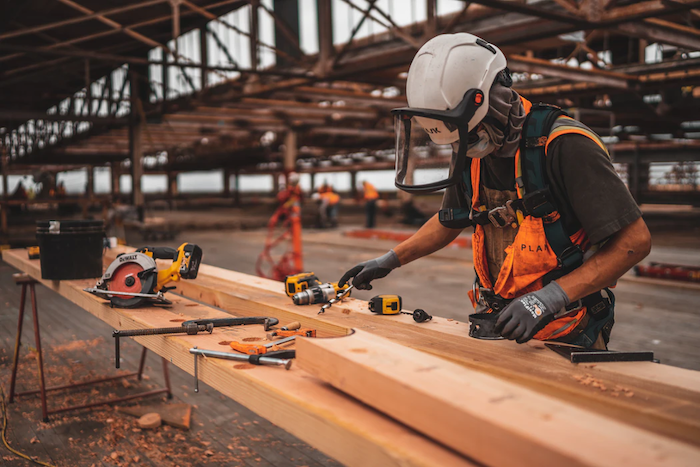 Despite being one of the leading employment sectors in many countries, the construction industry is one of the most dangerous sectors. Statistics show that there are over 400 injuries and over 20 fatalities each year related to construction in Ontario alone. As an employer, you should ensure that your construction site offers maximum safety and security standards to its workers. Here are critical steps you can undertake to enhance safety at your construction site.
Despite being one of the leading employment sectors in many countries, the construction industry is one of the most dangerous sectors. Statistics show that there are over 400 injuries and over 20 fatalities each year related to construction in Ontario alone. As an employer, you should ensure that your construction site offers maximum safety and security standards to its workers. Here are critical steps you can undertake to enhance safety at your construction site.
1. Training your employees on safety measures and equipment
Before starting a construction project, you should train workers operating in medium and high-risk areas on safety measures and standards. Additionally, employees entrusted with such sites should exhibit a sense of responsibility and understand the consequences of their actions. You can enroll these employees or their managers in short online safety training courses for basic lifesaving and safety training. It is also crucial that employers handle tools and equipment such as construction excavators only if they have received proper training on how to safely use them.
2. Providing adequate safety gear
A majority of construction-related injuries occur due to a lack of proper personal protective equipment (PPE), such as helmets and gloves. The gear should be adequate and appropriate for the task at hand; if the working environment is dusty, employees should have masks on top of basic equipment such as helmets, ear muffs, knee pads, and hi-visibility jackets.
3. Hire experts
When hiring skilled labor, you should consider workers with adequate experience. Skilled workers such as engineers and construction managers work with many unskilled manual workers, and their mistakes can affect an entire group of workers. Additionally, this class of workers should be registered by appropriate certification agencies and have proof of work experience.
4. Have a safety standards terms of the agreement (TOA)
As a CEO, you should set safety standards for all people accessing the construction site. This information should be included in a terms-of-agreement document signed by all workers. Also, your workers can get carried away by the slow progress and tedious nature of their profession and may opt for dangerous improvisations and shortcuts. Your TOA should forbid such acts.
5. Keep track of all machinery
All machines used in the construction site should be regularly serviced for faults. In case of machinery breakdown, the job should be put on hold until the machine is fully operational. Additionally, only qualified machine operators should be allowed to operate their respective machines off and onsite.
6. Embrace technology
There are hundreds of machines and tech tools that can replace human laborers. If possible, invest in these technologies, as it reduces crowding and enhances accountability on the site. Not to mention that machines are more efficient, reliable, and cost-efficient in the long run.
7. Adhere to industry guidelines
Many countries have organs in the construction sector that set standards for all construction companies. For instance, the U.S. has the Occupational Safety and Health Administration (OSHA). As an employer, you should stick to these guidelines as they keep your workers safe and insure you from hefty fines in natural accidents.
Endnote
Construction sites can never be 100% safe, but you can enhance the safety of your workers by incorporating the safety measures mentioned above and adhering to the industry’s safety practices.
